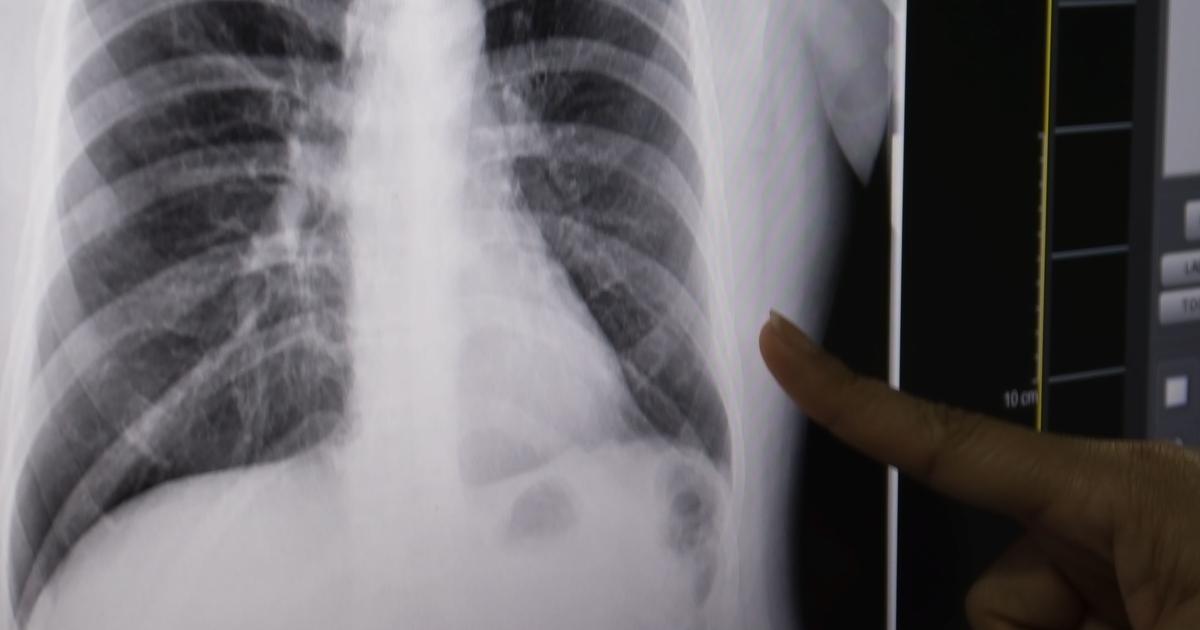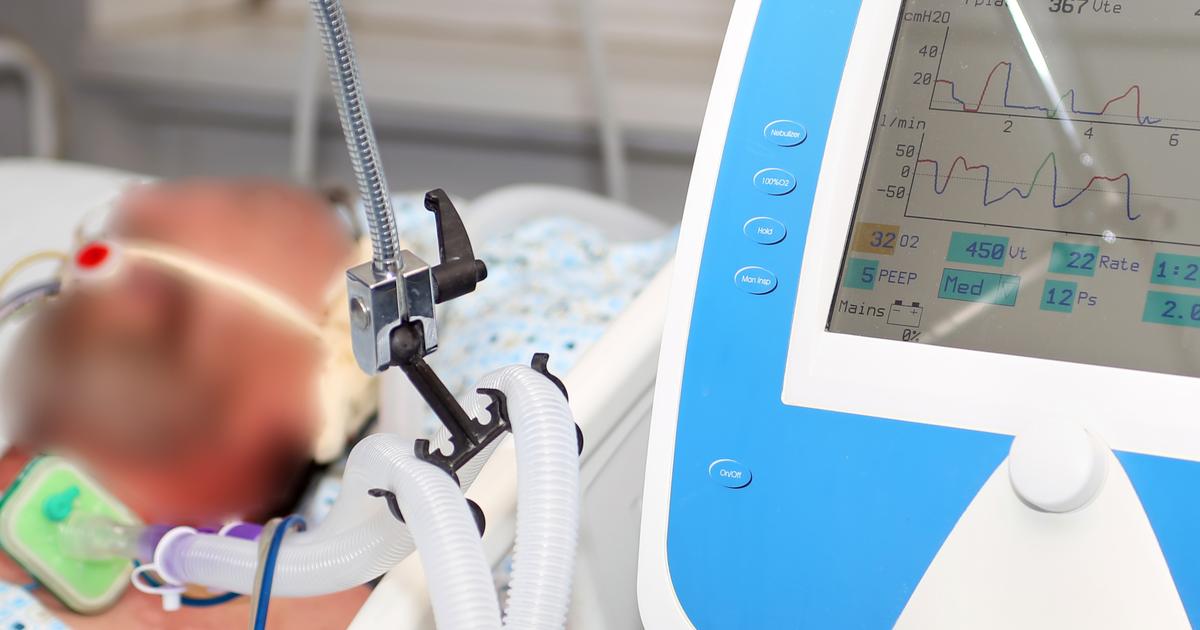Common Causes And Risk Factors Of A Pneumothorax
Mechanical Ventilation
Mechanical ventilation, also known as assisted breathing, is a type of life support treatment. This form of ventilation breathes for the patient when they cannot breathe unaided. Mechanical ventilation is typically provided in intensive care units, and it helps transport oxygen into the lungs and the rest of the body. Before being placed on a ventilator, a doctor must place a tube into the patient's windpipe, a process known as intubation. Ventilation does not cause pain, and patients are carefully monitored while they undergo assisted breathing. Nurses and other medical staff will frequently check the patient's blood pressure, pulse, and oxygen saturation. Sometimes, however, the use of mechanical ventilation may create an imbalance in the air pressure inside the chest. This could trigger a severe type of pneumothorax that results in the complete collapse of the lung. To reduce the risk of this issue, most patients on ventilators are given periodic chest x-rays, which enable doctors to detect this complication and provide appropriate treatment.
Get more details on what can result in a pneumothorax now.
Ruptured Air Blisters

Air blisters, also known as blebs, may sometimes form at the top of the lungs. If these rupture, air could leak into the surrounding space, triggering a pneumothorax. Ruptured air blisters occur most frequently in men between the ages of twenty and forty, particularly in those who are taller than average and underweight. Air blisters are also common in patients who have emphysema. To treat air blisters, doctors may need to perform surgery. Using general anesthesia, surgeons can carry out a bleb resection, which is typically performed with a thoracoscope, a small camera that enables visual inspection of the inside of the chest. Through a series of small incisions, doctors dissect the blebs and staple them before removing the tissue. With the affected tissue removed, the patient's healthy lung will have more room for expansion. After the procedure, patients will have a chest drain inserted, and this usually remains in place for a couple of days. Once the patient is discharged, they will have physical therapy sessions to encourage healing.
Read more about what can cause a pneumothorax now.
